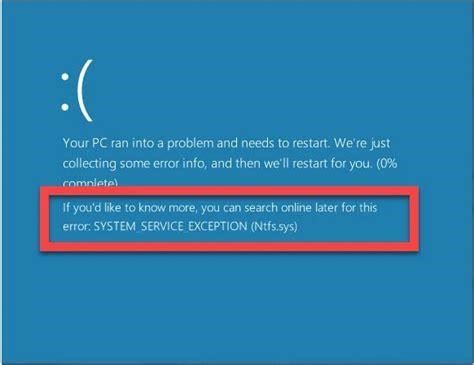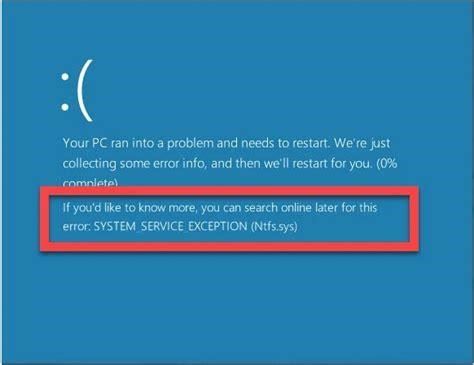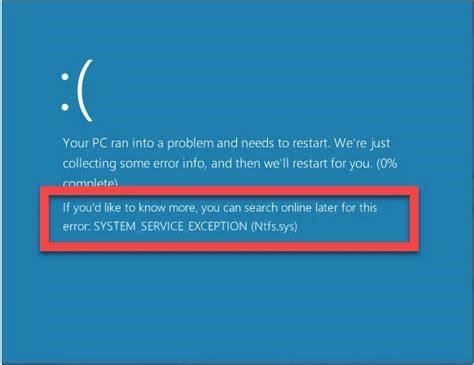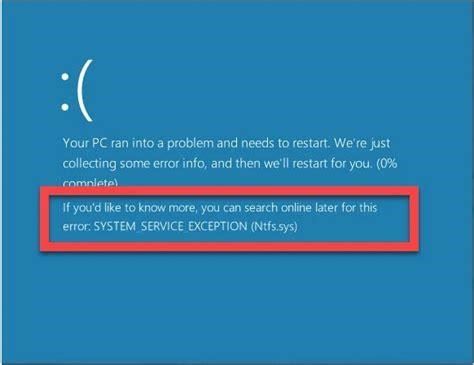Troubleshooting Loss of Internet Access in Windows 11 Safe Mode with Networking
As IT professionals, we often need to diagnose and resolve system issues in Windows Safe Mode. However, Safe Mode presents its own set of challenges, including potential loss of internet connectivity. In this post, we’ll explore the common causes of network connection failures in Windows 11 Safe Mode with Networking and provide tested solutions to get you back online quickly.
Why You May Lose Internet Access
When booting into Safe Mode on Windows 11, the operating system loads only the bare essential drivers needed to operate. This means your network adapter driver may not load properly, leading to a disabled or non-functioning adapter.
You’re also limited to wired Ethernet connections – WiFi is disabled in Safe Mode. So if you normally use wireless, you’ll need to switch to a physical connection.
The network configuration when booting into Safe Mode is also different than normal mode. Your adapter may fail to obtain an IP address automatically or lose its DNS server assignment. Proxy settings may likewise cause conflicts.
First Steps for Troubleshooting
Before diving into network settings, we need to check some prerequisites:
- Connect your PC directly to the router via Ethernet cable. WiFi will not work in Safe Mode.
- Confirm your network adapter is enabled and detected in Device Manager. If not, try manually enabling it.
- Update to the latest driver for your network adapter if possible.
If you’ve verified these basics, we can start investigating further.
Checking IP Address and DNS Settings
With your system connected via Ethernet cable, open the Network Connections page of Settings. Click on your active network connection and scroll down to the IP settings.
Confirm that your network adapter is set to obtain an IP address automatically. Also verify that it is acquiring DNS server addresses automatically.
If either setting is manual/static instead of automatic, change it temporarily to allow automatic assignment and restart your network connection. This will generally resolve connection problems if they are due to invalid static IP or DNS addresses entered.
Disabling Proxy Settings
Proxy servers are another common culprit for network failures in Safe Mode. Navigate to the Proxy page under Settings and make sure Use a proxy server is switched OFF or unchecked for your active Ethernet connection. With proxy disabled, try accessing the internet again.
Resetting Network Components
If you still can’t get online, more advanced troubleshooting is required. First, reset your network components with these steps:
- Open an elevated Command Prompt
- Type
netsh winsock resetand press Enter - Next type
netsh int ip resetand press Enter - Restart your PC
Resetting stacks and protocols often resolves stubborn network problems.
Advanced Network Adapter Troubleshooting
If you’ve tried everything above with no luck, you’ll need to dig into the network adapter settings and drivers:
-
In Device Manager, right-click your network adapter and choose Uninstall. Reboot allowing Windows to reinstall the adapter automatically.
-
Try updating to a newer driver directly from the manufacturer’s website if the default Windows driver is problematic.
-
Toggle off any advanced features like virtual LANs, jumbo frames, energy efficient ethernet, or similar. Sometimes these cause issues in Safe Mode.
-
As a last resort, do a clean reinstall of the network adapter drivers in normal mode before rebooting into Safe Mode again.
When to Switch Back to Normal Mode
If you absolutely must have internet access in Safe Mode, switching to normal mode is the foolproof option. Just remember to switch "Safe boot" to "Regular" in msconfig before rebooting.
Sometimes though, Safe Mode is required for specific system diagnostics and repairs. Carefully go through all the steps outlined here before giving up. With persistence and care, you can troubleshoot and regain internet connectivity in this limited maintenance environment.




